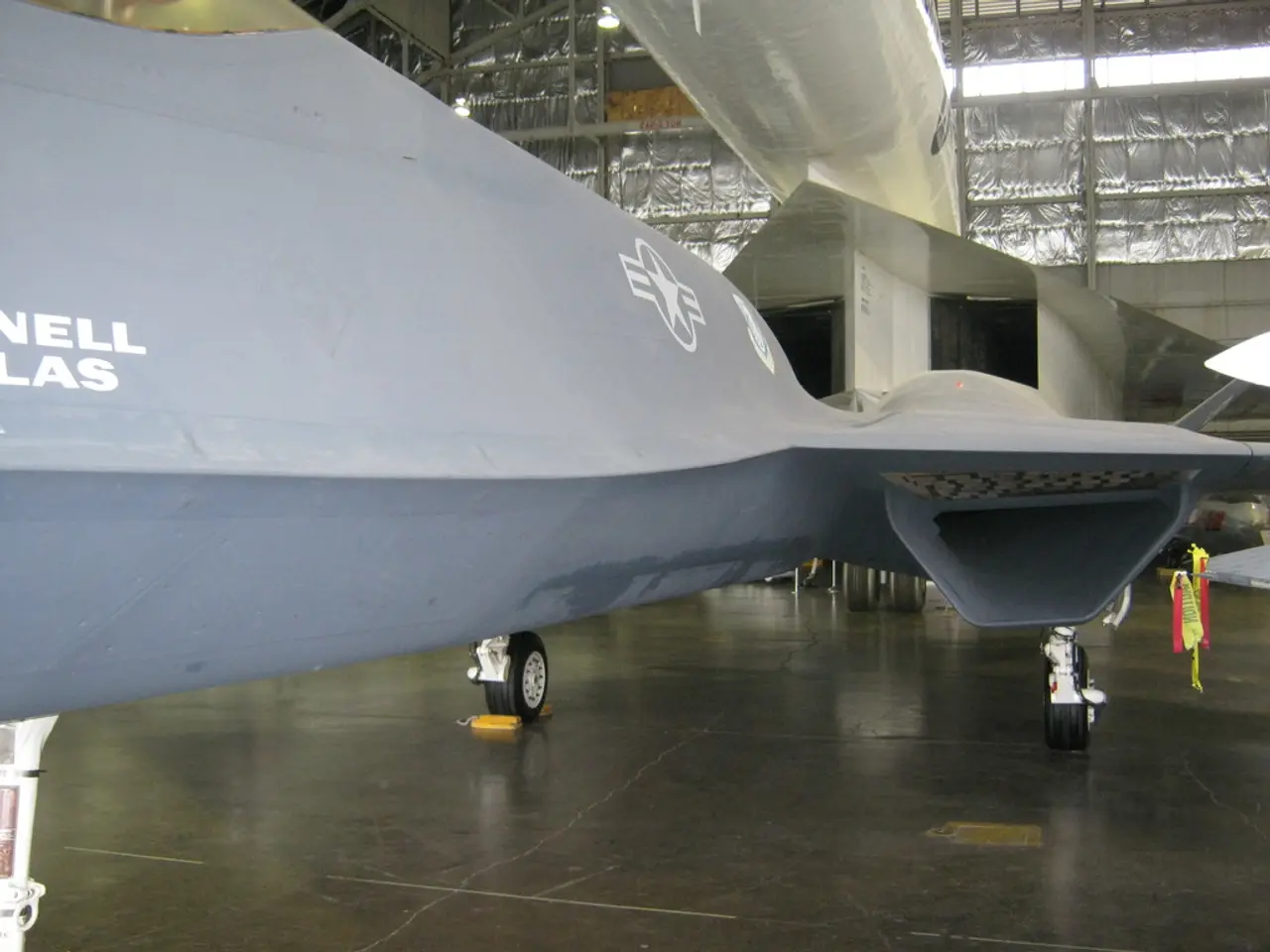Pioneering Aviator Igor Sikorsky's Visionary Invention: The Helicopter
In 1939, Igor Sikorsky, a visionary engineer born in Kiev, Russian Empire (now Ukraine) on May 25, 1889, made aviation history with the Vought-Sikorsky VS-300. This groundbreaking helicopter marked the first practical single-rotor helicopter, successfully demonstrating vertical takeoff, hovering, and controlled flight using a main rotor and a vertical tail rotor configuration that remains standard in helicopters today.
Sikorsky, whose father was a physician and professor of psychology, had been fascinated by flight since his youth. At the age of 12, he created a rubber band-powered helicopter. His passion led him to Paris in 1909, where he studied aerodynamics and purchased components for his helicopter designs.
The VS-300 was not Sikorsky's first attempt at helicopter development. His earlier efforts, such as the S-1 and S-5, showed promise but fell short of achieving sustained or controlled flight. The S-5, equipped with a 50 hp engine, managed to take off in May 1911, but Sikorsky's first helicopter, built in Kiev with a three-cylinder 25 hp Anzani motorcycle engine, did not succeed.
However, the VS-300, with a 100 hp Argus engine, marked a significant turning point in helicopter development. Built and piloted by Sikorsky himself, the VS-300 overcame decades of technical limitations that had hindered helicopter development, establishing the fundamental design for modern helicopters.
The VS-300's successful demonstration transitioned the helicopter from a theoretical or experimental machine into a practical aircraft capable of real-world applications. Sikorsky's design paved the way for helicopters to be used widely in rescue missions, military operations, medical evacuations, and other civilian and industrial roles. The VS-300 set the foundation for the extensive development of vertical-lift aircraft throughout the 20th century and beyond.
Before the VS-300, early helicopter attempts, such as those by Paul Cornu, demonstrated limited, impractical flights, but none achieved sustained or controlled flight. The VS-300's successful demonstration is thus recognized as a key milestone in the evolution of rotary-wing aviation.
Interestingly, early development of the VS-300 took place at Sikorsky Memorial Airport, which preserves this pioneering legacy. Sikorsky's life was marked by dignity, struggles, and success, culminating in his passing in 1972 at the age of 83.
In addition to his work on helicopters, Sikorsky made significant contributions to aviation as a whole. In 1931, he pioneered mail and passenger flights with the first aircraft named S-40 American Clipper. In 1937, he developed an improved model of Le Grand for Pan American Airlines, called the S-42 Clipper, which started transoceanic flight.
The VS-300, equipped with a rotor system similar to the helicopters used today, stands as a testament to Sikorsky's innovative spirit and the transformative impact he had on aviation. Today, we continue to benefit from his groundbreaking work, with helicopters playing essential roles in various industries and everyday life.
Aerospace industry witnessed a turning point with the successful demonstration of the VS-300, as it paved the way for helicopters to expand their use in transportation, rescue missions, military operations, and medical evacuations. This significant event set the foundation for further advancements in helicopter technology. Sikorsky's VS-300, much like his contributions to aviation with the S-40 American Clipper and S-42 Clipper, showcases his innovative spirit and lasting impact on the aerospace and finance landscapes.








